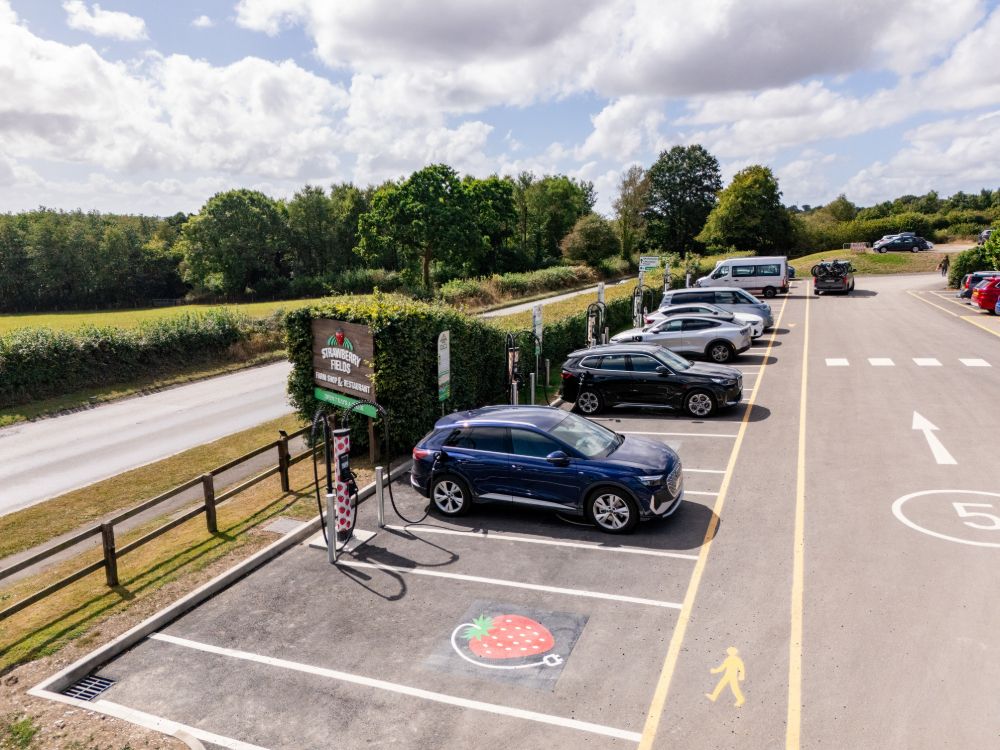Low-carbon city heat network developer 1Energy has secured £21m of investment from the UK Government for a city-wide heat network for Oxford.
The company plans to initially invest an additional £100m of private capital to develop, build and operate the first phase of the Oxford Energy Network.
Its investment into the project over time could amount to more than £500m as the network expands to connect more buildings.
Alongside working with Oxford City Council, Oxfordshire County Council, the Zero Carbon Oxfordshire Partnership (ZCOP), Oxford Brookes University, and the University of Oxford, 1Energy is also advancing the network, with plans to begin construction in 2026 following engagement with the local community and securing planning consent.
By initially targeting organisations with high heat consumption, the project could reduce Oxford’s fossil-fuel gas demand by up to 10%, it said.
The network is also projected to reduce carbon emissions by 15,000 tonnes a year – approximately 2% of Oxford’s entire annual emissions – by cutting emissions from connected buildings by up to 81%.
Its approach complements the city’s plans to decarbonise while respecting its architectural character and historic setting. As well as helping Oxford achieve its climate goals, the project expects to improve the lives of those who live and work in the city by reducing air pollution, improving public health.
The network is projected to reduce the amount of air pollutants that can cause respiratory problems by 5% before 2030.
1Energy has also established a community benefit task group – including major institutions in the city – that is exploring how the network can support community projects, tackle fuel poverty and boost local employment.
Andrew Wettern, CEO of 1Energy, said:
“Oxford is already at the very forefront of city decarbonisation and low carbon energy through the work of the University, and the Zero Carbon Oxfordshire Partnership and its constituent members. We are thrilled to add to this success by enabling the city to decarbonise heat through the Oxford Energy Network.”
“Oxford has more than 1500 listed buildings across the city, so the decarbonisation challenge for Oxford is much harder than many other cities. The Oxford Energy Network matches perfectly to the challenge because it will be invisible and silent, it will supply the temperatures required by these historic buildings to maintain their warmth in the winter, and it will be easier and cheaper for customers to connect to the network than to create their own low-carbon heat onsite.”
“By using the Oxford Energy Network as a model for other historical cities and towns, we can deliver heat decarbonisation in a way that preserves our heritage, across many more cities and towns at pace.”
Image of Oxford courtesy of 1Energy








